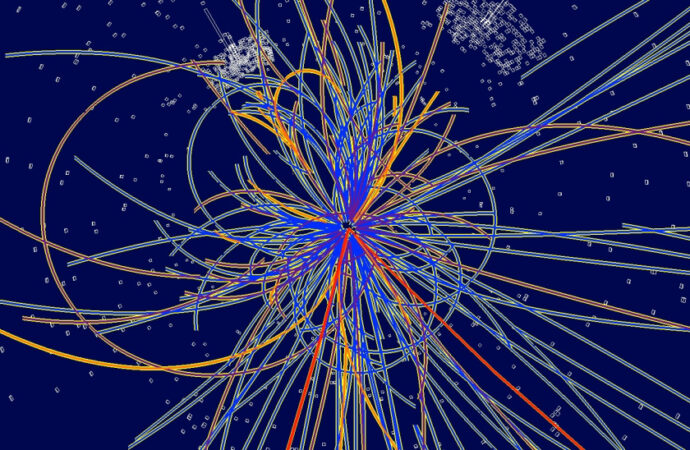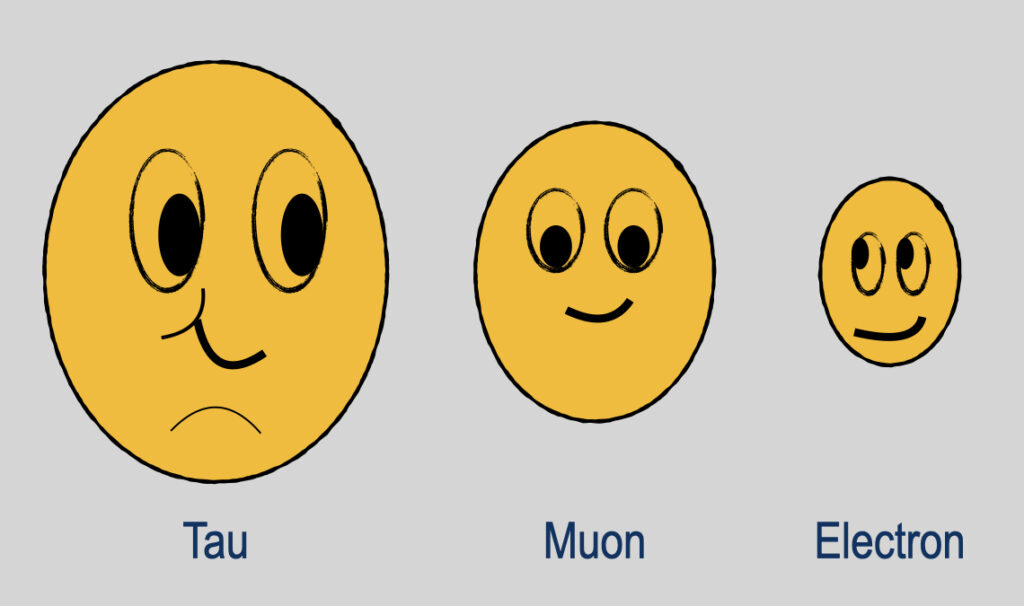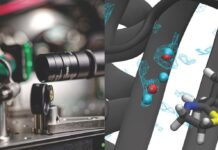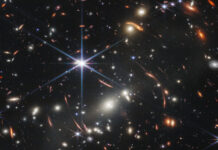Scientists conducting an experiment at the European Organization for Nuclear Research (CERN) reported evidence of a violation of the Standard Model of subatomic particles, which might indicate the existence of a fifth fundamental force of nature. Let us explore what evidence they have and what it means.
Our subatomic world so far
Physicists classify matter interactions in four fundamental forces: gravity, electromagnetic, and strong and electroweak nuclear forces. At the subatomic level, the last three are manifested through the exchange of particles named gauge bosons. Picture a soccer match where the players are “tight” to each other through a soccer ball; that ball is the players “gauge boson.”
Photons, the particles of light, are examples of gauge bosons; they are the electromagnetic force’s carriers. Quarks exchange gluons during a strong nuclear process and quarks, electrons and other particles exchange W+ , W–, and Z0 in electroweak interactions.
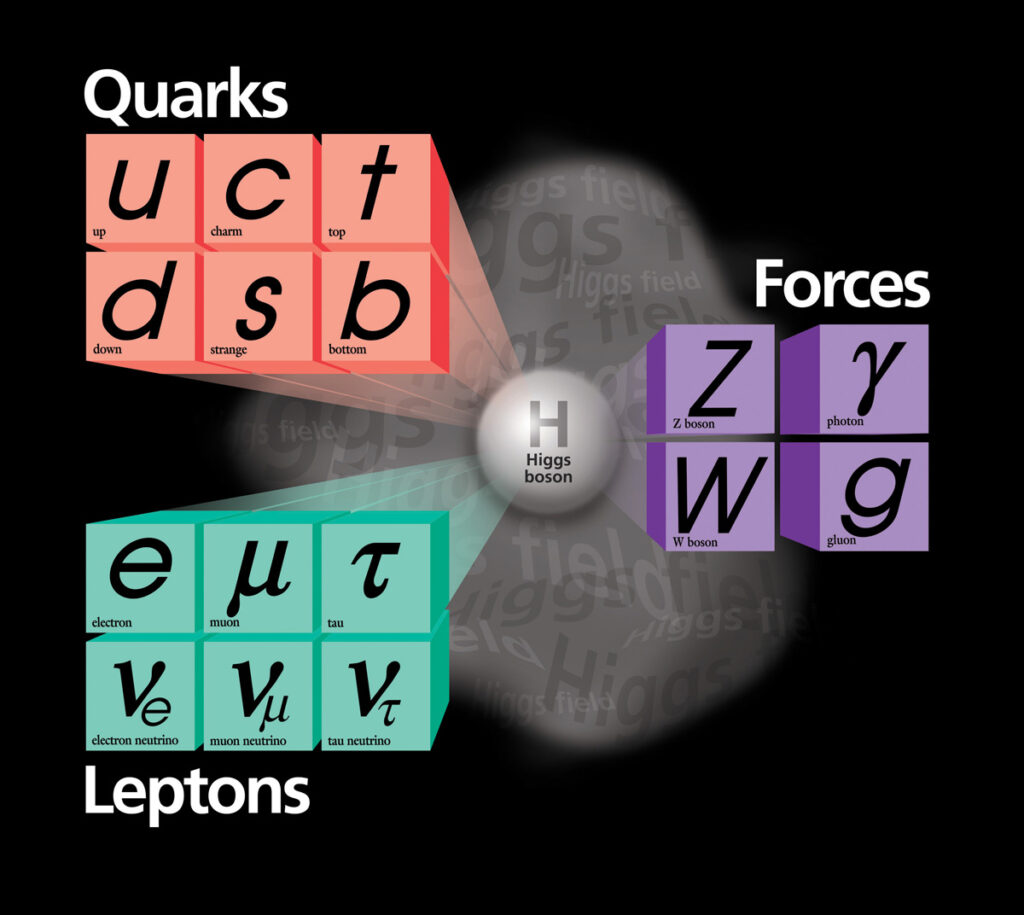
These interactions —widely observed in particle accelerators and in cosmic rays— are predicted by the Standard Model, which was successfully completed in 2012 with the Higgs boson discovery.
However, particle physicists recognize that the Standard Model is not the whole story: it does not explain the dominance of matter over antimatter, the neutrino oscillations, and the apparent presence of dark matter in the Universe, among other mysteries.
On the 22nd of March, scientists of the Large Hadron Collider-beauty collaboration (CERN) published an article in the arxiv.org reporting evidence of a crack in the Standard Model. If this observation consolidates in further studies, it would mean they have found physics beyond the Standard Model, which could imply the existence of a fifth force of nature.
What question were scientists at CERN trying to answer in the first place?
Scientists are regularly testing the predictions of the Standard Model. In this opportunity, they collected and analyzed data since 2012, checking whether the leptons’ principle of universality holds.
Leptons are subatomic particles with identical properties to electrons but different masses. Muons are 200 times more massive than electrons, and tauons are approx 3500 times more massive than electrons.
Lepton’s universality principle establishes that electrons, muons, and tauons interact with each other and with other particles with the same probability.
Previous studies suggest possible cracks in this Standard Model prediction. Now, the Large Hadron Collider-beauty collaboration has evidence, with statistical significance —for the first time— of the violation of leptons’ universality principle.
How did physicists observe the violation of lepton’s universality principle?
By accelerating protons jets close to the speed of light and smashing them into each other, scientists recreate the conditions of the Universe instants (hundredth of a billionth of a second) after the big bang. At that moment, the Universe was a “soup” of quarks and gluons, rapidly condensing into particles called hadrons. Examples of hadrons are protons and neutrons in the atom nucleus, which contain three quarks.
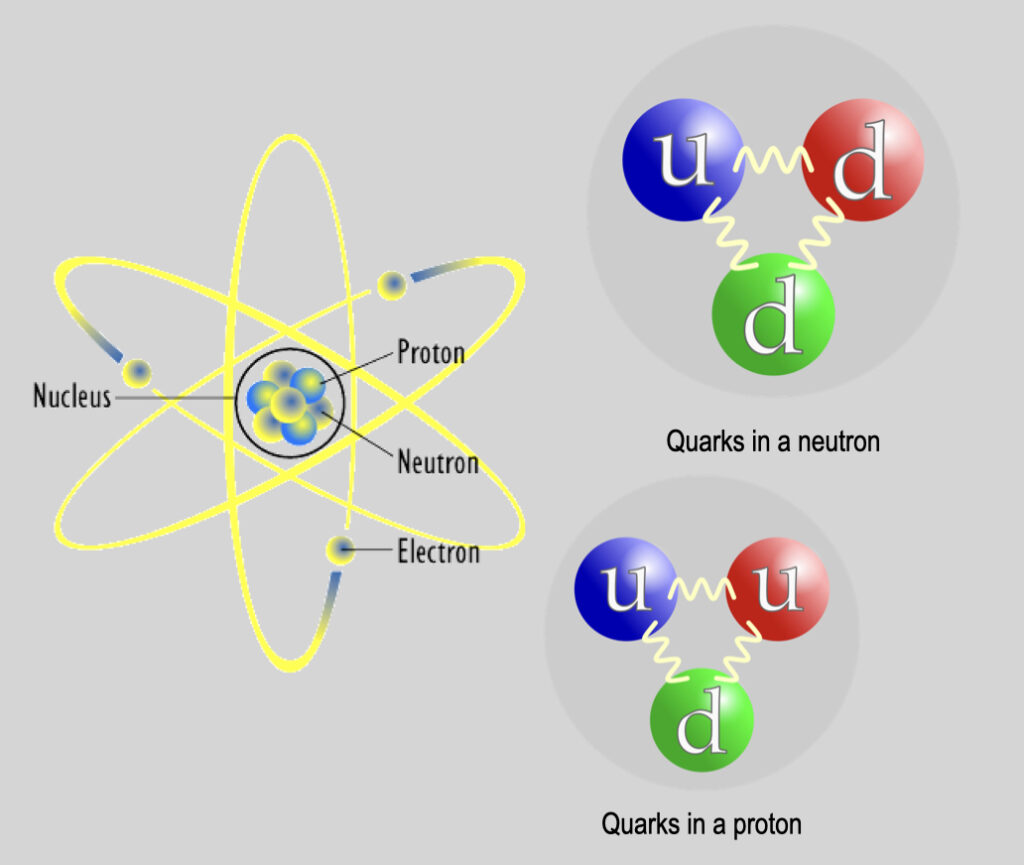
Since 2012, physicists at the Large Hadron Collider have been collecting and analyzing data on the reactions of a particular product of these collisions called beauty mesons. Mesons are hadrons containing two quarks.
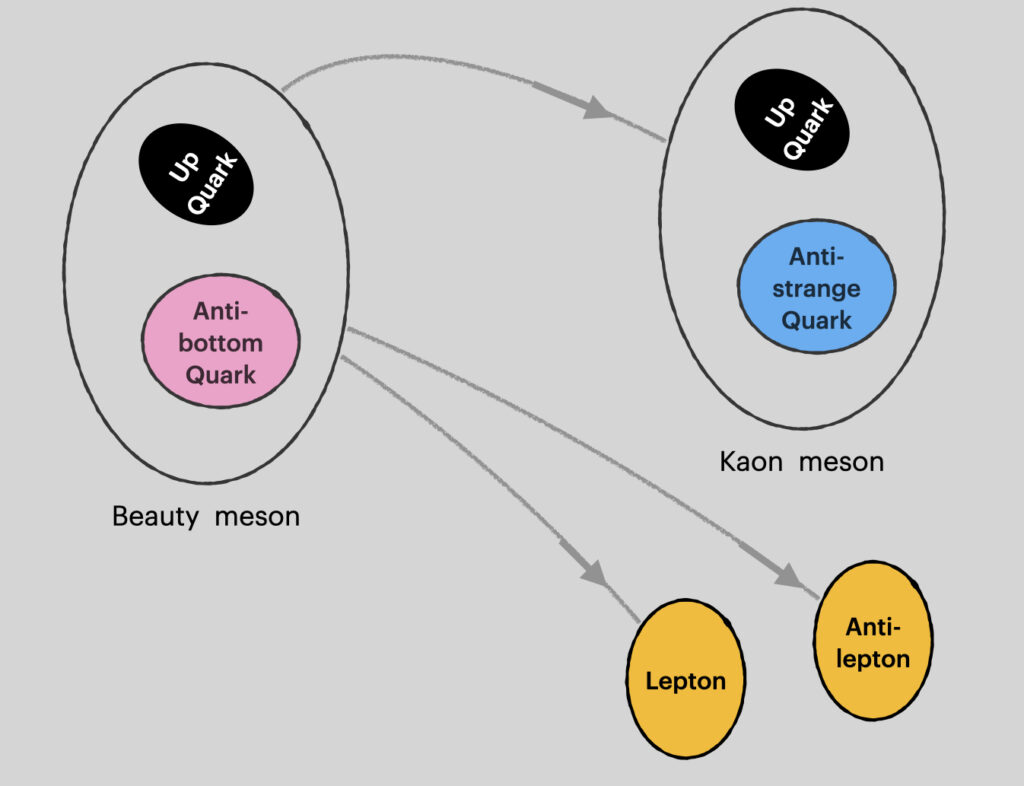
Beauty mesons are unstable; they rapidly decay into other mesons and leptons. In this latest result, scientists compared the decay rate of beauty mesons producing electrons with the decay rate producing muons.
By the leptons’ universality principle, this reaction should occur at the same rate. However, the authors found evidence of a deviation of 15%.
“From a theoretical point of view, this parameter has a very small uncertainty. If we move a bit away from the theoretical prediction, it would be an irrefutable sign that there is something beyond the Standard Model in that interaction.” clarifies Professor Diego Milanes, member of the Large Hadron Collider-beauty collaboration.
And what has to do the violation of the universality principle with a fifth force?
The accumulated evidence so far is not enough to declare the violation of lepton’s universality principle as a discovery; more data and analysis are needed. However, if this violation of the Standard Model is confirmed, it means unknown physics is involved in the beauty decay process.
The beauty decay process through electroweak interactions, mediated by W and Z gauge bosons, is well established. It does not violate lepton’s universality principle. Once physicists observe a violation, they would need to propose a new model to explain it. One way is introducing unknown gauge bosons carriers of an unknown force.
Professor Diego Milanes remarked:
Right now many models capable of explaining this stress of the Standard Model will appear. However, those same models will have to explain all the other measurements with results outside the Standard Model, such as the mass of the neutrinos and all the other violations that would appear in future measurements.”
Professor José Ocariz, member of ATLAS collaboration, is cautious on the subject:
“Personally, I prefer to moderate my excitement with this measurement, at least for now. It is a very “clean” measurement, but an independent confirmation is needed. Belle-II [experiment] will take a while to be competitive to this extent, if it becomes competitive at all.”
Any big or little step towards unveiling the secrets of the Universe is always exciting. Following Professor Diego Milanes’s enthusiasm about these results: if this finding consolidates, it would be “a discovery as important as the Higgs Boson, without any doubt”.
References
- Large Hadron Collider-beauty collaboration. (2021). Test of lepton universality in beauty-quark decays, arXiv:2103.1176.
- Jäger, S. and Martin, J. (2016). Reassessing the discovery potential of the B+ → K++ l++l– decays in the large-recoil region: SM challenges and BSM opportunities, Physical Review D93: 014028. arXiv:1412.3183.
- Martin, B. R., and Shaw, G. (2017). Particle Physics (4th ed.). Wiley.
Experts interviewed:
Jose Ocariz, professor at the University of Paris Diderot, France; researcher at the National Institute of Particles IN2P3 and collaborator of the ATLAS experiment at CERN, Geneva, Switzerland.
Diego Milanes, professor at the Universidad Nacional de Colombia. He worked on D0-D0bar mixing in the BaBar experiment during his Ph.D. at the University of Valencia, Spain. After that, he focused on heavy mesons spectroscopy at LHCb in INFN Sezione di Bari, Italy, then in rare beauty mesons decays and bottom quarks to strange quarks transitions in LHCb at LPNHE (2012-2014, France).
